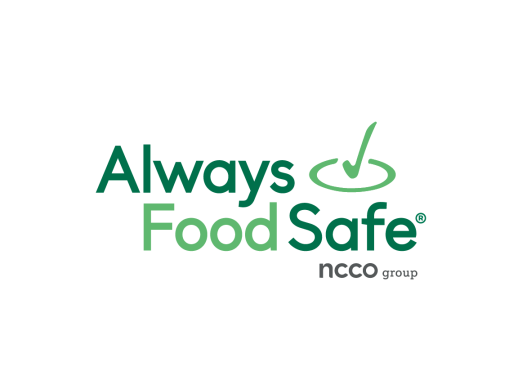According to the U.S. Bureau of Labor Statistics, the turnover rate in 2018 for the restaurant industry is 75%!
This staggering figure is an increase from 2017.
Why are workers in the restaurant industry not staying in jobs for the long term? Here are 3 main reasons for this shocking rate.
 English
English
 Spanish
Spanish
